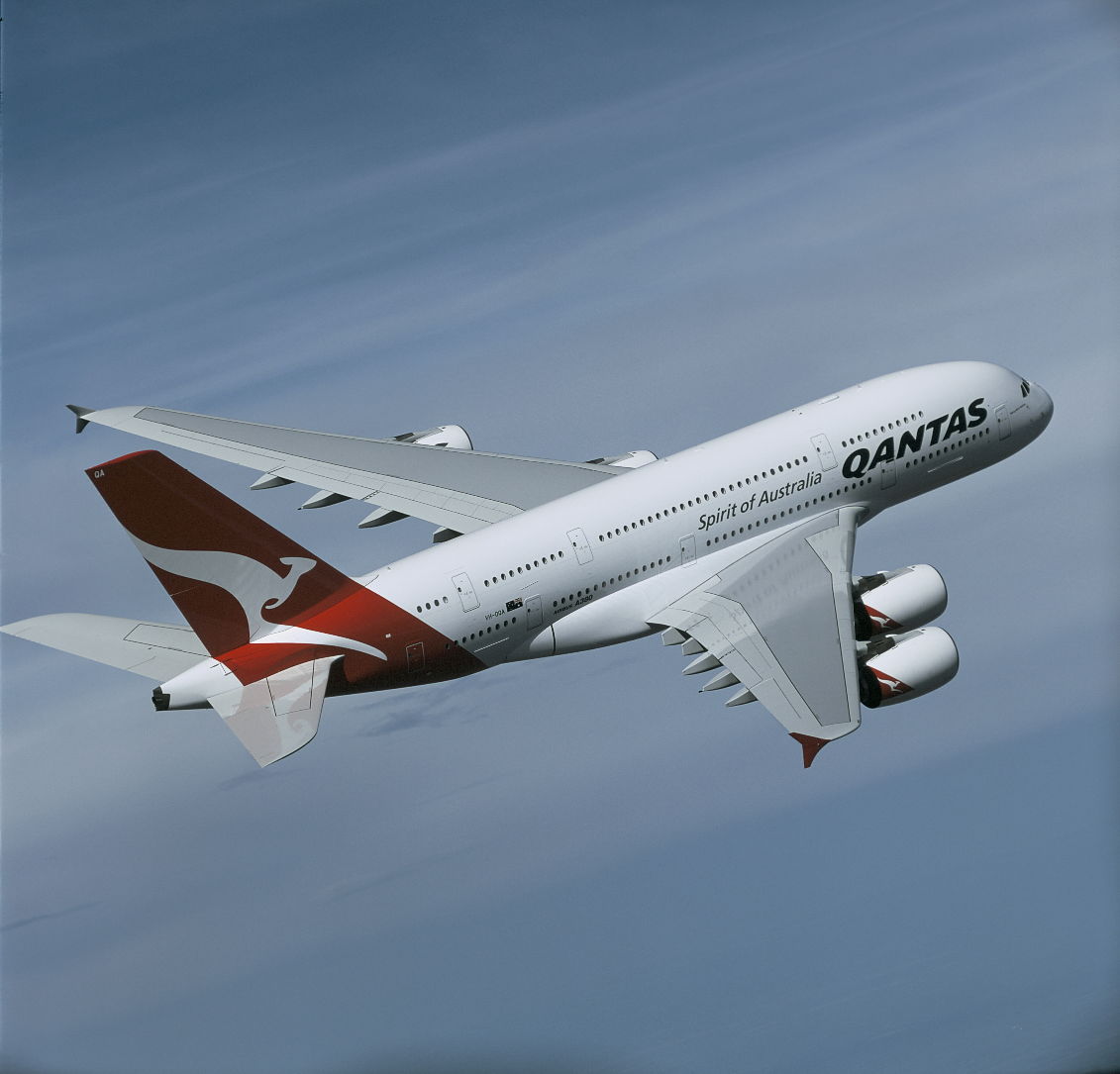Qantas has reported an underlying profit before tax of $1.53bn for the 12 months ended 30 June 2016 – a 57% improvement on financial year 2015. In the words of CEO Alan Joyce: “This is the best result in the 95 year history of Qantas – and the best result in Australian aviation history, full stop.”
Total underlying EBIT in the domestic market – across both Qantas and Jetstar – was a record $820m, up $191m, and total underlying EBIT in the international division was $722m, up $374m.
According to the airline, the Qantas Transformation programme continues to reshape the Group’s cost base and ability to generate revenue. It has unlocked $1.66bn in permanent cost and revenue benefits since early 2014, including $557m in financial year 2016, and is now outperforming, with the Group expecting to realise $2.1bn in benefits by June 2017.
Effective fuel hedging saw the Group secure a $664m benefit from lower global fuel prices compared with financial year 2015.
Approximately two-thirds of earnings generated from its domestic and loyalty businesses, and approximately one-third from its international business.
Qantas Domestic reported record underlying EBIT of $578m (+20%). Qantas International reported record underlying EBIT of $512m (+92%), an improvement of more than $1bn compared with its result in financial year 2014. Unit costs excluding fuel were down 4% and operating margin was up four points to 8.9%.
The Jetstar Group reported record underlying EBIT of $452m (+97%). Operating margin for the Jetstar Group in financial year 2016 was up 5.8 points to 12.4 per cent, helped by a 3% reduction in unit costs (excluding fuel).
The Group’s current operating expectations for financial year 2017 include:
- underlying fuel costs no more than $3.2bn, or $3.1bn at current forward Australian dollar prices;
- depreciation and amortisation expense approximately $150m higher than in financial year 2016;
- lease expense approximately $100m lower than in financial year 2016;
- $450m in transformation benefits (cost, fuel efficiency and revenue);
- $1.5bn net capital expenditure.

